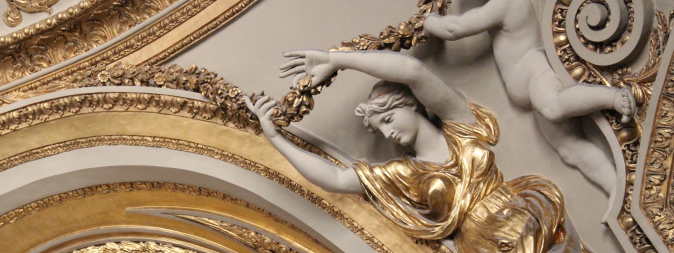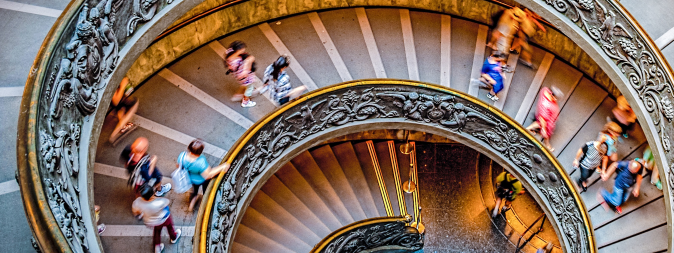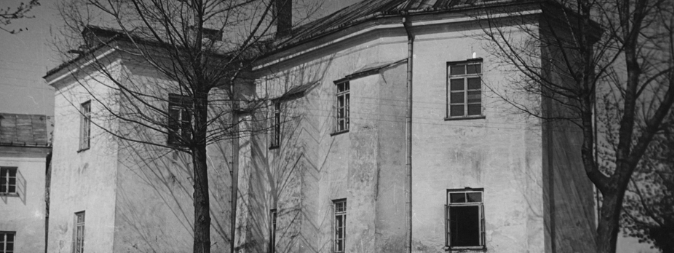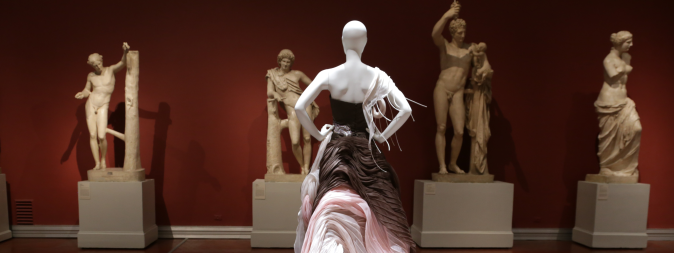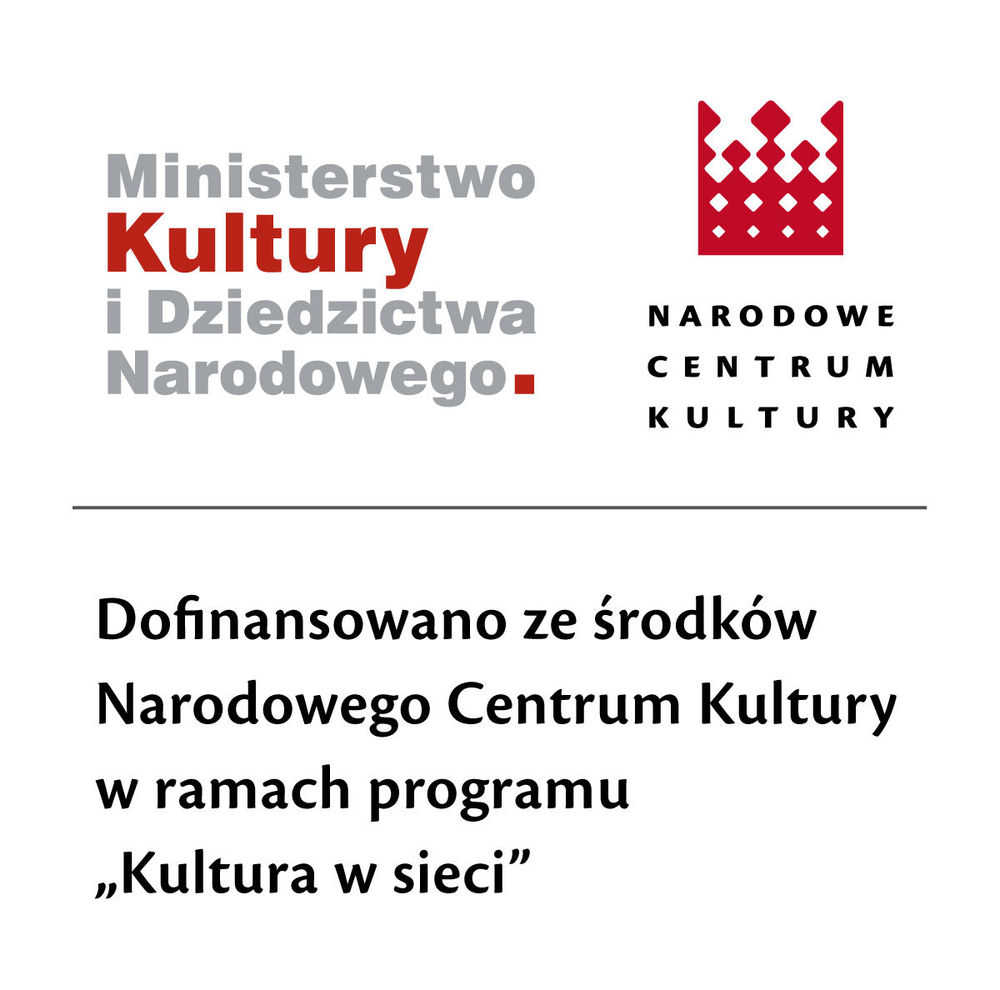Permanent exhibitions

Prehistory of Krasnystaw region
The exhibition illustrates how people living in Krasnystaw and its close vicinity gradually changed their way of life, hunting methods, beliefs and burial rituals in times before written records. Artefacts range from late Palaeolithic, c.9000 B.C., till early 13th century and include:

History of Krasnystaw and the surrounding area from the 14th till the 20th...
Spanning the history of Krasnystaw from the days a small settlement called Szczekarzów received the Magdeburg rights in 1394 till 1989, this exhibition contains about 500 objects. They include: Old prints, stamping seals, engravings, paintings, maps, banners, photographs, postcards, medals, coins, ordnance, as well as clay vessels and iron heads of battle axes dating back to the pre-location period.

Most interesting archaeological findings
Presenting 335 artefacts acquired during archaeological research and monitoring carried out in various parts of Krasnystaw, this exhibition offers a detailed view of the history of our town and its urban development from prehistory till present day. The most numerous group of items are the ones found during renovation works of former Jesuit College which was erected on the grounds of 17th-century town houses and then used for three hundred years.
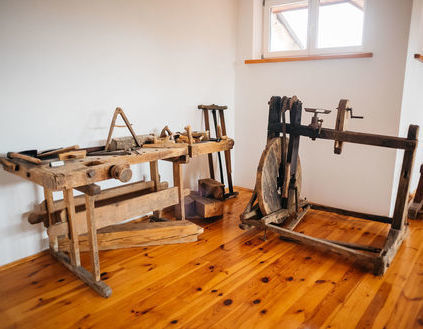
Folk material culture
This exhibition presents the oldest and most common occupation of the rural population, that is agriculture. The artefacts include: Ploughing tools such as ploughs, oxen yokes and harrows. Grain harvesting and storing utensils such as sickles, rakes, flails, plaited and gouged storage vessels and measuring devices.

Reconstructed blacksmith’s shop from the turn of the 19th and 20th centuries
The exhibition was organised to commemorate the Museum’s 50th anniversary. Displaying equipment and blacksmith products gathered by the ethnography department this exhibition recreates the interior of a blacksmith’s shop from the turn of the 19th and 20th centuries.
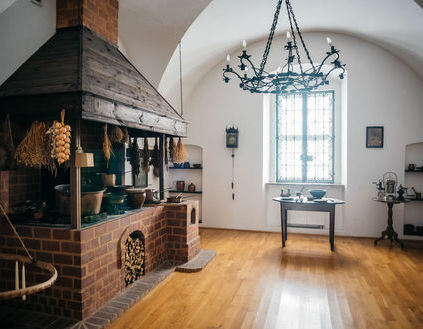
Pieprzno i szafranno moja mości panno - reconstructed court kitchen from the...
Reconstruction of the kitchen interior was based on an 1822 engraving. Back in the 19th century, kitchens were dark, the only source of light being oil lamps and fireplaces. The rooms were filled with acrid smells and smoke, and created fire hazard, therefore they were usually located far from living quarters.
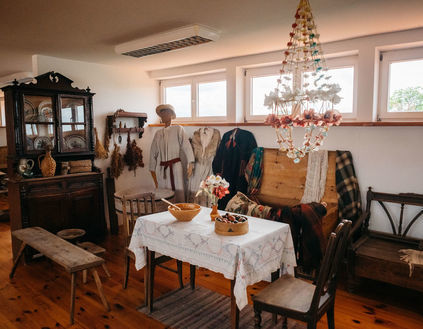
Typical cottage equipment at the turn of the 19th and 20th centuries
This exhibition presents equipment found in a traditional cottage inhabited by wealthy and moderately well-off villagers from Krasnystaw region. At the turn of the 19th and 20th centuries, traditional cottage consisted of one room, entryway and a chamber. Being the most important part of living space, the one room served many functions; people slept, stored goods, placed religious and decorative objects and entertained guests there. Presented exhibits relate to all these function.
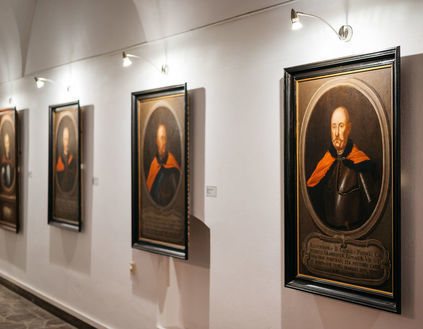
Portraits of Polish gentry in the 17th and 19th centuries
The gallery consists of oil and pastel paintings, most of which depict Sarmatians, a group of Polish gentry.

Arts and crafts from the 18th to early 20th century
resenting examples of decorative art objects, this exhibition illustrates what types of interior design landed gentry and wealthy middle class surrounded themselves with. Furniture, silverware, glassware and chinaware, fabric and carpets offer a balanced view of variety of styles, aesthetic tastes and financial status of the objects’ users.
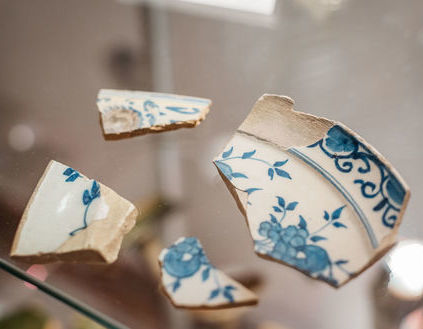
Castle and manor house in Krupe
The exhibition consists of architectonic details from Krupe castle between 1604 and 1608, build by Paweł Orzechowski, Chełm chamberlain, Suraż starost. The castle, erected on the tract leading from Krasnystaw to Chełm, near the river Krupianka, used to be a vast complex surrounded by ponds, backwaters of the river and the remains of a moat.





